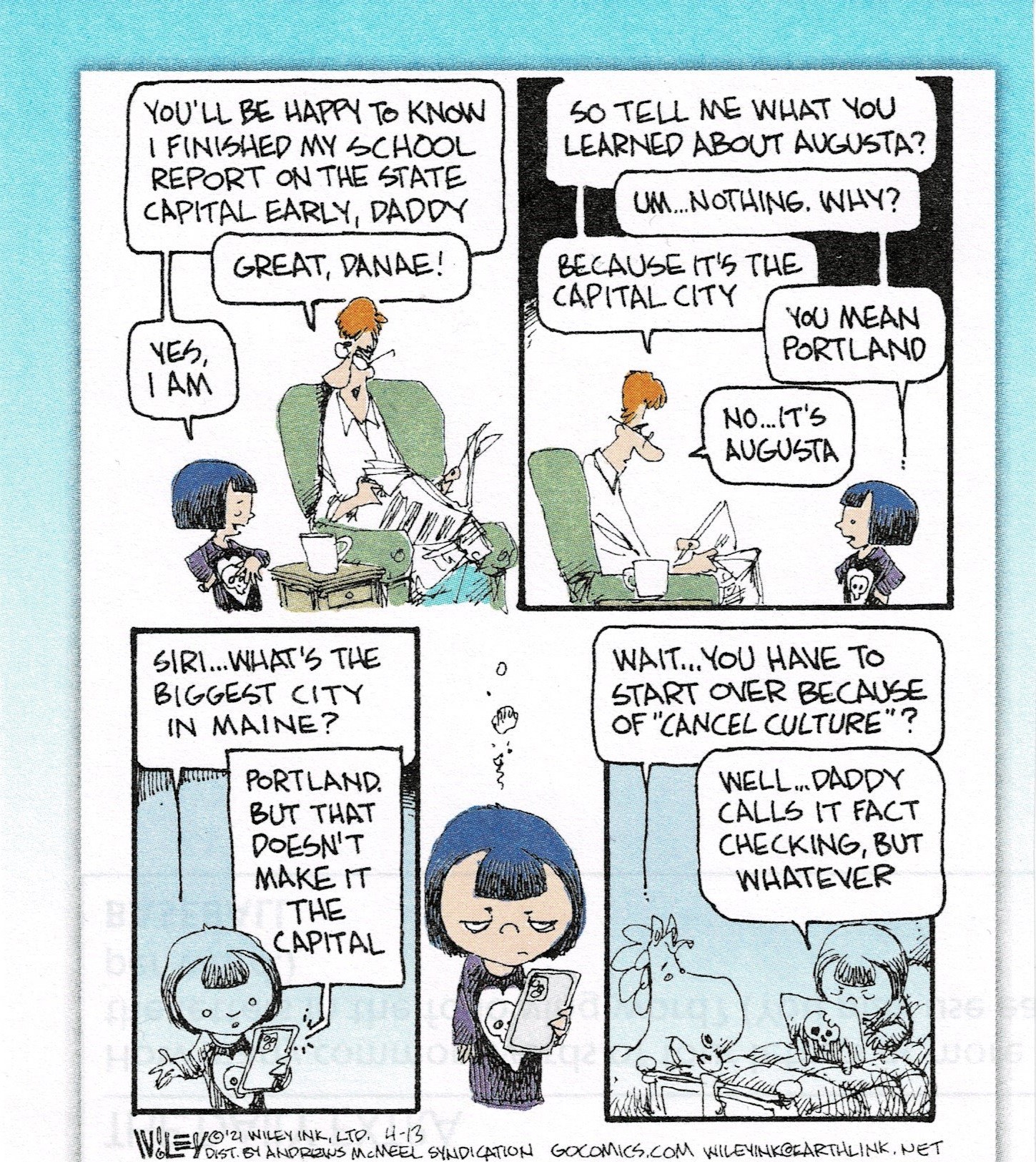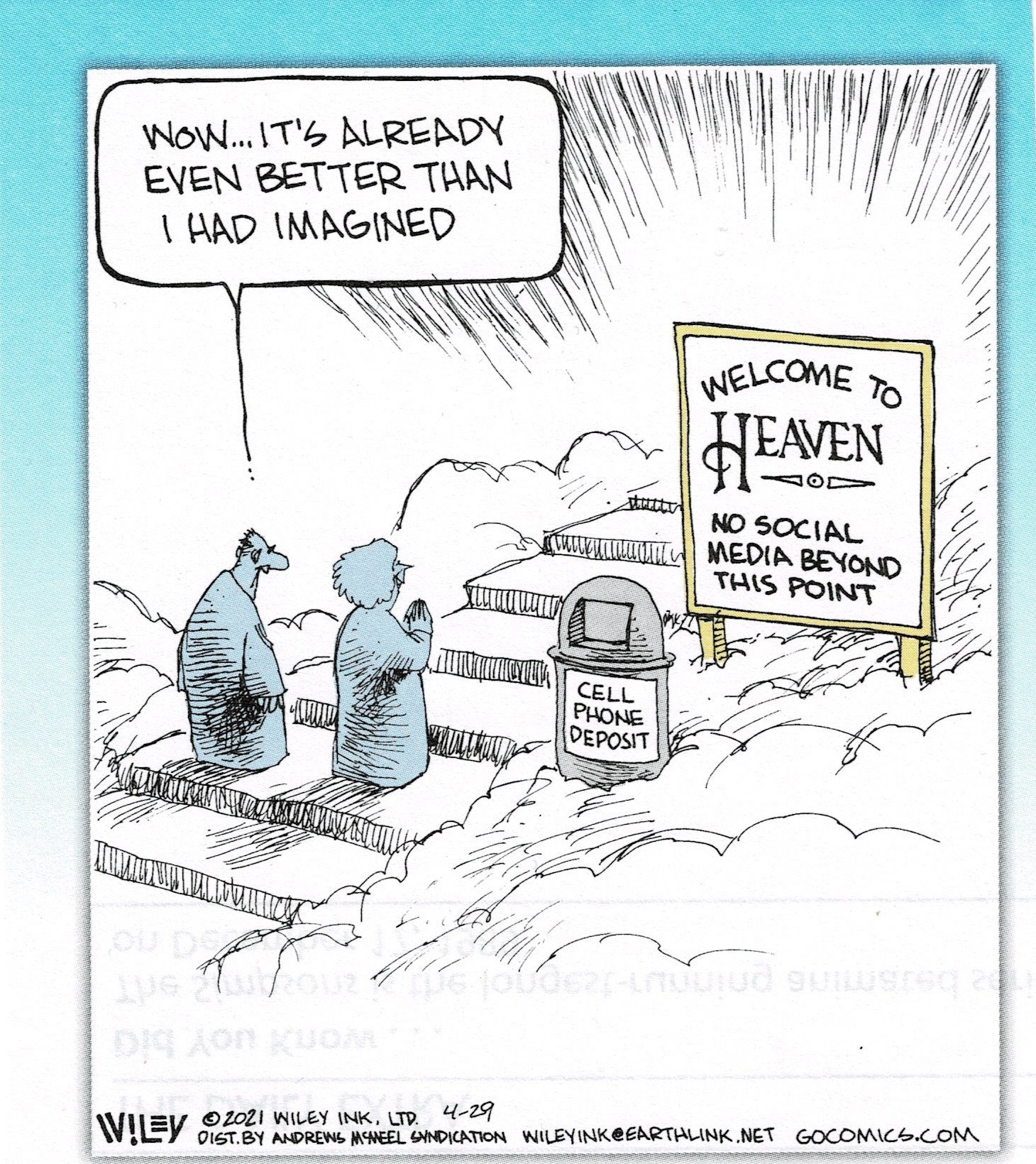We are most often concerned about the growing count of retiring boomers and millennials and what that means for health Care, assisted living and viable income. We are concerned about the number of houses available for those in midlife. We are concerned about sidewalks crowded with the indigent homeless. Certainly, these are real, critical issues. But what is important to those of the younger generation just starting out on the adult path through life? Here’s an exegesis perspective drawn from AXIOS and other sources:
Fear of the future is mobilizing young Americans, who grew up in an age of mass shootings, to vote in near-record numbers, Axios’ Erica Pandey writes.
Last year’s midterms saw the second-highest turnout among voters under 30 (27%) in at least the past three decades, NPR notes.
Nearly half of Americans 18 to 29 say they’ve felt unsafe in the past month, according to a new poll from the Harvard Kennedy School Institute of Politics. This is a generation that feels besieged, says John Della Volpe, the institute’s polling director.
21% say they’ve felt unsafe at school. And 40% are concerned about being victims of gun violence or a mass shooting.
This critical voting bloc continues to tilt the scales in favor of Democratic candidates — whom young people overwhelmingly support. Young voters’ influence “enabled the Democrats to win almost every battleground statewide contest and increase their majority in the U.S. Senate,” Brookings Institution analysts write.
Younger voters are also quite worried about the state of the economy:
73% believe that homelessness could happen to anyone and 32% fear they could one day be homeless. That share rises to 43% and 39% among Hispanic and Black youth.
The boomers and the millennials and too many from the silent generation still are running the nation and its society. The oldsters should be glad to be old and to have finished Jason’s ‘Arc of the Hero’. But the oldsters should have guilt about the shape of society they have left for the youngsters.
As a preschooler, Mariner remembers the blackouts ordered by sirens and the prevalence of uniformed men everywhere. His grandmother volunteered for the Air Defense Command and tracked airplanes in flight. Lying in bed at night, he actually trembled until he could recognize that it was only a passing train instead of a German bomber. Over the years of his life, he has felt disdain for wars – not just prejudice but the idea of killing people for the hell of it. [the reader may recall the Jolly Roger cartoon from the previous post]
We mature types owe our children some headway in our emerging society – not Trump, not Biden, not McCarthy, not even Marjorie Taylor Greene – we owe our children.
How can we mow a path to civility through this morass of thistle-bearing society we have created?
Ancient Mariner.





